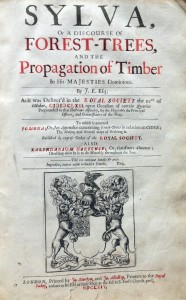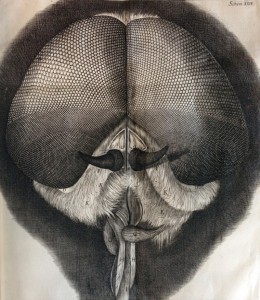Story of Melbourne’s Outer Circle Railway: Book Republished 2014

Dr David Beardsell is a research scientist and lecturer in Plant Science at the University of Melbourne. The first edition of his book on the history of the Outer Circle Railway was first published in 1979. He is currently rewriting a much enlarged second edition for publication in late 2014. David has published over 100 scientific papers and has written books on the natural history of the Yarra River, native orchids of Victoria, Victorian Railway locomotives and the public gardens of the Dandenong Ranges.
The Outer Circle Railway has always attracted attention because of the linear parkland that remains as reminder of the political intrigue of Melbourne’s land boom era of the 1880s. This railway once linked Oakleigh with Fairfield Park through what was then the picturesque wooded hills on the eastern fringes of Melbourne. In the 1890s, this region was lightly populated with scattered farms and orchards, and as such could not sustain a profitable railway. Nevertheless, the Outer Circle Railway was operated in sections and no trains ever ran the complete journey from Fairfield Park to Oakleigh. The entire railway only operated for two years from 1891-93, however various sections of the line were used for different periods over the next 120 years.
The Railway had its genesis in the early 1870s as an alternative route to connect the Gippsland line to the Victorian Railways system with its main terminus at Spencer Street. In 1872, the then Engineer-in-Chief of the Victorian Railways, Thomas Higinbotham, suggested that the Gippsland Railway from Sale to Oakleigh could best enter Melbourne via an “outer circle route” through Camberwell, Kew, North Fitzroy and North Melbourne. This would have allowed the Government to avoid the contentious purchase of the privately owned Melbourne and Hobson’s Bay United Railway Company which operated lines in Melbourne’s southern and south eastern suburbs. Thomas Higinbotham also saw the Outer Circle as a means of providing Melbourne’s northern and north eastern suburbs including Doncaster with a much needed railway.
The Government however subsequently purchased the Melbourne and Hobson’s Bay United Railway Company in 1878 thus avoiding the need for the construction of the Outer Circle Railway. In the early 1880s however, a group known as the Outer Circle Railway League re-formed in the inner northern suburbs and in Boroondara (Camberwell). This group, which had pressured parliamentarians in the 1870s, again focussed attention on the old Outer Circle Railway proposal. In the optimistic times of the land boom era of the 1880s politicians took a ‘please everyone’ attitude and approved the construction of railways throughout the colony of Victoria. Even though it was to serve no real purpose, the Outer Circle Railway, which extended from Oakleigh to Fairfield Park was included in the famous ‘Octopus’ Act of 1884. The Octopus Act was so named because the railways included in it spread over Victoria like the tentacles of an octopus.
The Outer Circle Railway’s construction from start to finish was supervised by the engineer John Monash who later became Australia’s most famous field general. Sir John was only 22 years of age when he commenced this project. His work diaries and correspondence held by the University of Melbourne Archives show that even at a young age, he already had a high level of technical competence which was combined with excellent logistics and people management skills. The Outer Circle Railway was built to a high standard. The intact brickwork of the old bridges, and the robust Chandler Highway Viaduct which once carried the Railway over the Yarra at Fairfield but now carries hundreds of cars and trucks per day are testament to the great engineering and skilled artisan work done on the Outer Circle Railway.
When the last section of the Outer Circle was finally opened in March 1891, its trains carried few passengers because of the sparseness of the population along the line, the non through train service and the long travelling times to Melbourne. The advent of the Great Depression of the 1890s hastened the closure of the Riversdale to Fairfield Section after only two years of operation. By the middle of 1897, the entire Outer Circle was closed, thus becoming a $600,000 white elephant. In 1898, the section from Camberwell to Riversdale was re-opened, and this was followed by the Riversdale to Deepdene section in 1900, and for the next 25 years a tiny little train affectionately known as the Deepdene Dasher ran a shuttle service up and down the line.
Competition from electric trams led to the replacement of the train service on the Riversdale to Deepdene section by a bus service which finally ceased operation in 1989. Today the only trains which now run on the Outer Circle are those operating between Camberwell and Alamein. Today the linear parkland and bike tracks of the old railway formation between Riversdale and Fairfield remain as a monument to the political corruption and intrigue which characterized Melbourne’s famous land boom of the 1880s.
Collections:
1964.0012 Reinforced Concrete & Monier Pipe Construction Co Pty Ltd
1997.0054 Reinforced Concrete & Monier Pipe Construction Co Pty Ltd








